Suspendium is a crystal that, when charged, repels other Suspendium crystals. A single crystal, as long as it's flawless, does not repel itself. This is because the repulsive force is a function of the alignment of the crystal structure: two crystals that are perfectly aligned also experience no repulsive force.
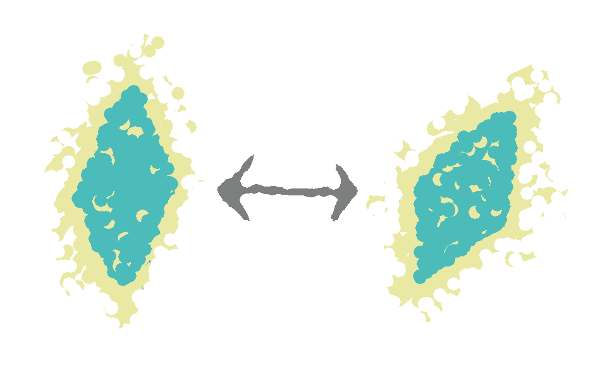
In the world of Airships, Suspendium is absolutely everywhere: there's big deposits in the rocks, it's in the soil, in plants and animals and people. It's even in the air as fine Suspendium dust.
This is why a big crystal with an alternate current running through it can hold up an airship. It's not an anti-gravity device. It's repelled by Suspendium in the ground. This repulsive force weakens with distance, which is why airships have quite low service ceilings: at best, you can rise a few hundred metres above the ground.
Big crystals are rare. Most Suspendium is in small, useless crystals, sand, or dust. Dust in particular is just annoying: it floats above the ground in response to the smallest charge in the air. In some areas, you can tell approaching thunderstorms by the dust that comes up.
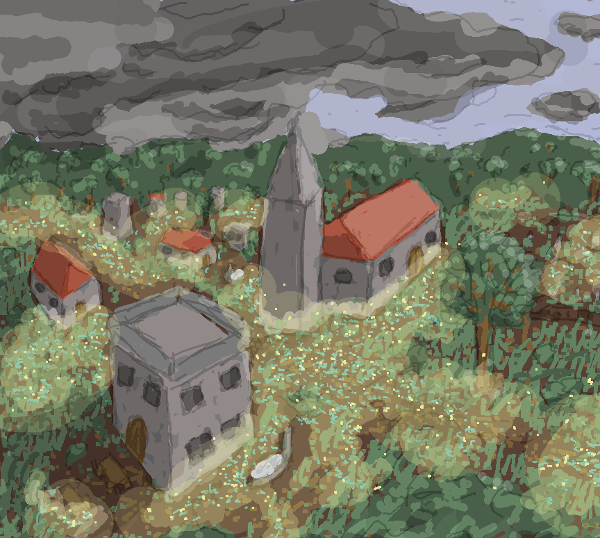
When ingested, Suspendium is not toxic, but it does tend to bio-accumulate, staying in the body. And since all those little bits of Suspendium repel each other, they exert mechanical stress on the cells they're in, leading to illness and frequent cancers. Some people are unlucky and have an especial affinity for accumulating Suspendium. They tend to die pretty young, though a careful diet can ameliorate this.
Some plants and animals are adapted to accumulating Suspendium, incorporating it into special tissues that align the crystals and produce lift.
Dragons are of course the most famous of those creatures. The default form of a dragon, called a wurm, is a nasty lizard the size of a Komodo Dragon with small nonfunctional wings. Many dragons never progress beyond this stage, but if enough Suspendium accumulates in the thyroid, metamorphosis begins.
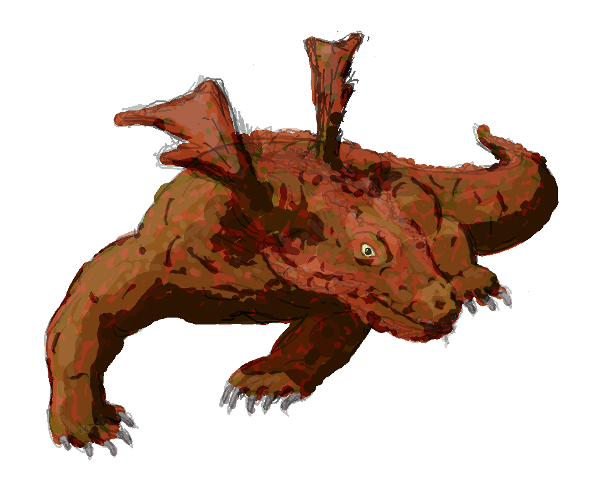
The wurm begins to grow larger and starts seeking out Suspendium-heavy food, even eating plants when needed. Its wings lengthen and several large Suspendium nodules form in its abdomen. In time, the wurm becomes dragon, a multi-ton hyper-apex predator capable of flight. Dragons don't quite float, but they are a lot lighter than they should be, and they make up the difference with their wings.
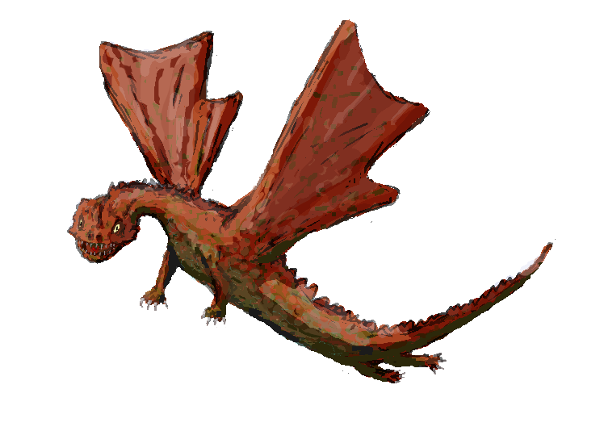
Dragons are just the most obvious use of Suspendium in nature. Plenty of plants make use of it. There are Suspendium trees with narrow fleshy trunks and gigantic canopies. Other plants are entirely rootless, floating, capturing moisture and nutrients from the air. Of course, these plants are not very safe to eat, but they're considered useful for capturing Suspendium that would otherwise end up in crops.
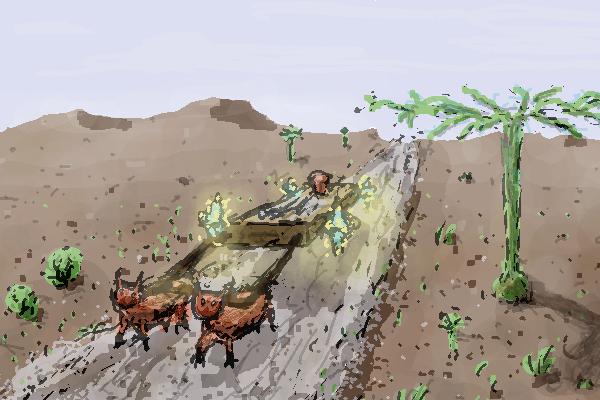
Suspendium is a mixed blessing. It makes travel much easier: airships, cheap Suspendium barges floating just above the road. On the other hand, it contaminates much of the world, making vast areas unsuitable for agriculture, shortening lifespans and being a general nuisance. And it enables and encourages war for those parts of the world that are fertile and productive.
But that's all right, because you're going to bring peace to the skies with your giant fleet of airships!